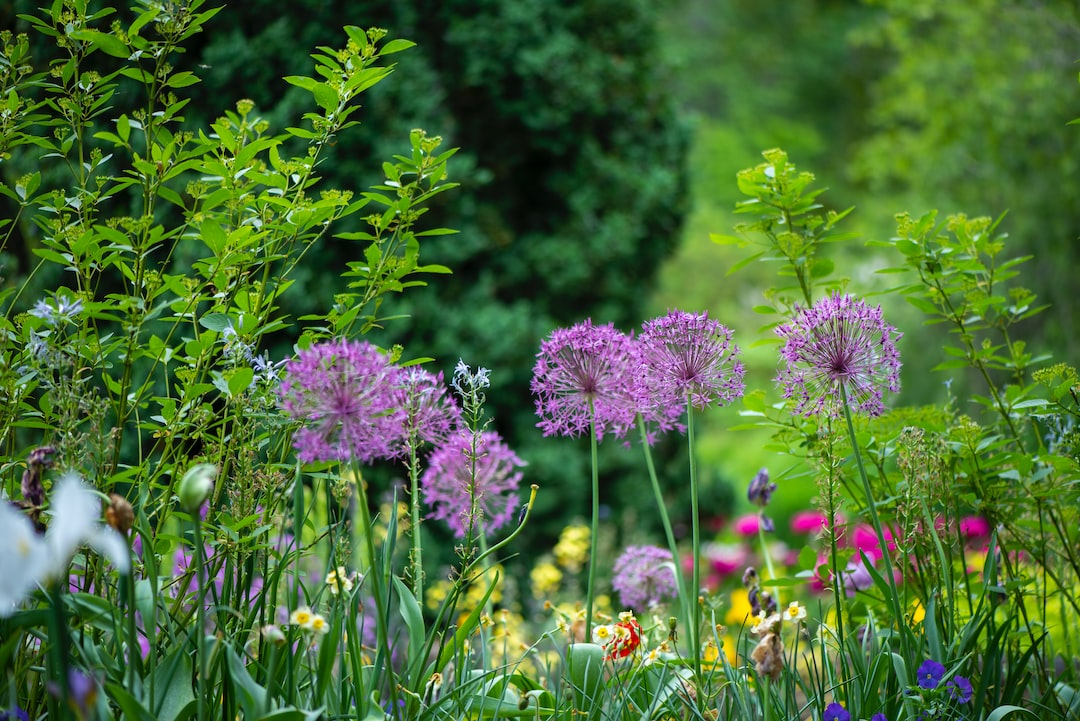Creating a wildlife-friendly garden is not only beneficial for the environment but also provides a wonderful opportunity to connect with nature right from your backyard. By making a few simple changes, you can transform your garden into a haven for various species, promoting biodiversity and offering a safe refuge for wildlife. Here are some tips to help you get started:
1. Plant Native Species: Native plants are vital for attracting local wildlife as they provide a familiar habitat and a source of food. Choose a variety of plants that provide nectar, fruits, seeds, and shelter throughout the year. Additionally, consider using wildflowers, as they are particularly effective in attracting bees, butterflies, and other pollinators.
2. Create Multiple Layers: A diverse garden with different layers, such as trees, shrubs, grasses, and groundcovers, will accommodate a wide range of species. Trees and shrubs offer nesting sites and shelter for birds, while taller grasses can provide hiding spots for small mammals and amphibians.
3. Provide Water Sources: Install a birdbath, pond, or even a small water feature to offer wildlife a much-needed water source. Make sure to maintain clean water and provide shallow areas or stones for easy access. Adding a few floating plants can also attract dragonflies and frogs.
4. Build a Birdhouse or Nesting Boxes: Providing artificial nesting sites can encourage birds to nest in your garden. Research the specific requirements of different bird species and build or purchase nest boxes accordingly. Make sure to place them in a quiet, undisturbed area.
5. Leave Wild Areas: Instead of keeping your garden pristine and manicured, allow certain areas to remain wild and untamed. Leaving patches of long grass, dead wood, and leaf litter can provide vital habitats for insects, reptiles, and small mammals.
6. Ban Pesticides: Avoid using chemical pesticides and herbicides in your garden as they can harm or even kill beneficial insects, birds, and other wildlife. Embrace natural pest control methods such as companion planting, beneficial insects, and organic fertilizers.
7. Install Bee Hotels and Butterfly Feeders: Help declining pollinator populations by installing bee hotels and butterfly feeders. These artificial structures offer shelter and food resources for bees and butterflies, supporting their crucial role in pollination.
8. Reduce Light Pollution: Light pollution disrupts the natural habits of wildlife, particularly nocturnal creatures like bats and moths. Use motion sensor or solar-powered lights that reduce unnecessary artificial lighting and preserve the natural darkness of your garden.
9. Avoid Excessive Pruning: While it is important to maintain the health and shape of your plants, avoid excessive pruning during the nesting season. Birds often utilize foliage and branches for building nests and shelter, so a bit of wilderness can be beneficial.
10. Stay Observant and Learn: Take the time to observe and learn about the wildlife that visits your garden. Keep a journal, participate in nature-related classes, and join local conservation groups to deepen your understanding and become an advocate for wildlife.
By implementing these simple steps, you can create an inviting space for wildlife to thrive and coexist with your garden. Enjoy the sights and sounds of nature, and take pride in the knowledge that you are making a positive impact on the environment.

